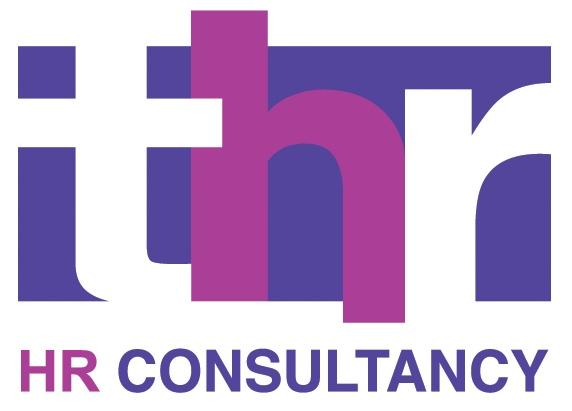Using the Change Curve to make the changes in your business positive

You may have invested a lot of money in changing how your business does things or you may have had change thrust upon you due to external circumstances. Either way, in order to make change a force for good and a positive experience, you need your staff to genuinely embrace it rather than tolerate what is forced on them.
As you know from the Change Curve that I wrote about in my last blog, that may mean altering mindsets, changing routines and habits and possibly confronting fear, denial and anger. All of which can pose quite a challenge if you’re the one heading up the change. So how do you make it work?
Using the change curve
Stage 1. Remember that at stage 1 of the Change Curve, employees are going to be feeling a range of emotions including shock and denial brought on by news of the change. Your role is to lessen the impact.
Think back to how the news that Donald Trump had won the election came as a big shock to many. One of the reasons for that was that the polls simply hadn’t prepared people for the news or the outcome. The other reason is very possibly, that while the victory undoubtedly ushers in a new era, no one really knows what it’s going to be like. You’ll have seen expressions like “frightening” and “uncertain times” used on social media and when we don’t know what’s going to happen, it scares us.
Planning change
There are two key elements to managing stage 1 well, namely, planning and preparation and then providing frequent, clear and honest information. Important as it is, this is often overlooked or underestimated. You also need to understand your staff so that you can gauge the best mediums to use for communicating, frequency and who will be involved. And you need to have a clear vision of the outcome that you are aiming for.
It should go without saying that the sooner you can also explain the practical implications of how change is going to affect people, the better. Of course, you may not always know but the more information you have, obviously the quicker you can nip rumour and misinformation in the bud and reassure people.
Communication is key
Communication will always be key. Bear in mind that a conference room with someone from head office informing the team of what’s happening could feel intimidating to some staff. It may leave them feeling powerless, unable to ask questions or have any input. Explore communication mediums. Company forums, small group sessions and requests for employee feedback all might work well but you need to work out the best method for your particular people. That also may mean different mediums for different individuals.
Stage 2. There is no escaping that the anger your team may experience at stage 2 is going to need careful managing. This is when your different communication mediums can come into their own.
Remember, this is not about staff being deliberately resistant but about genuine fears and emotions. Don’t ignore what’s going on. Make sure your staff have an appropriate place to voice their concerns (preferably not in the staff canteen) and make sure they feel like they’re being listened to. Continue to provide clear and honest information which addresses any concerns and explain the why as well as the practical implications.
However angry you are, if someone takes the time to explain what’s happening and why and takes on board any suggestions and input you provide, it goes a long way to appeasing that anger.
Stage 3. Don’t rest on your laurels as your team moves into stage 3. This is a more positive stage as people start to accept change and look for ways to embrace it which makes it a great time to provide education, training and more information. If you can, let your team explore what the new regime is going to be like.
However, whilst some of your team may have reached this stage others may take longer to do so and it’s always possible that a member of your team will slip back into stage 2.
Stage 3 doesn’t necessarily mean your team are 100% on board yet so keep communication open and frequent and continue to support your staff as they start to accept what is happening. Don’t be surprised or angry if you experience a drop in productivity at this point. It’s par for the course.
Stage 4. At stage 4 you can almost afford to relax but not quite. Whilst your business starts to reap the positive rewards, do keep in mind that some members of the team may not be fully on board yet. And don’t forget to take time out to congratulate everyone on what they’ve accomplished; recognition and praise where due remain powerful influencers.
Remember different people will spend longer in different stages of the Change Curve and some may slip back a stage. If you know the individuals in your team well, armed with that information, you can help them through the Change Curve by providing them with the right kind of information at the right time. That might mean meeting with them to talk it through or it might mean ensuring they have a forum in which to discuss things.
In my next blog, I’ll be explaining how psychometric testing can help with understanding your team and different personality types, and how, as we start a new year, that can help you manage change more effectively.
With over 27 years HR experience, Tracy Humphrey heads up the team at THR Consulting with an impressive array of qualifications and skills. She specialises in supporting HR departments, planning and implementing change and performance and talent management.
If you’d like to embrace all that the next few years bring with confidence that your business and the people in it are ready for change, contact THR Consulting today on 01444 220762.

